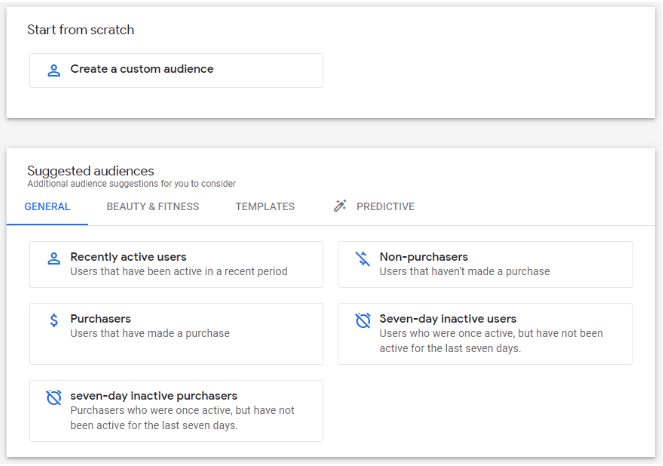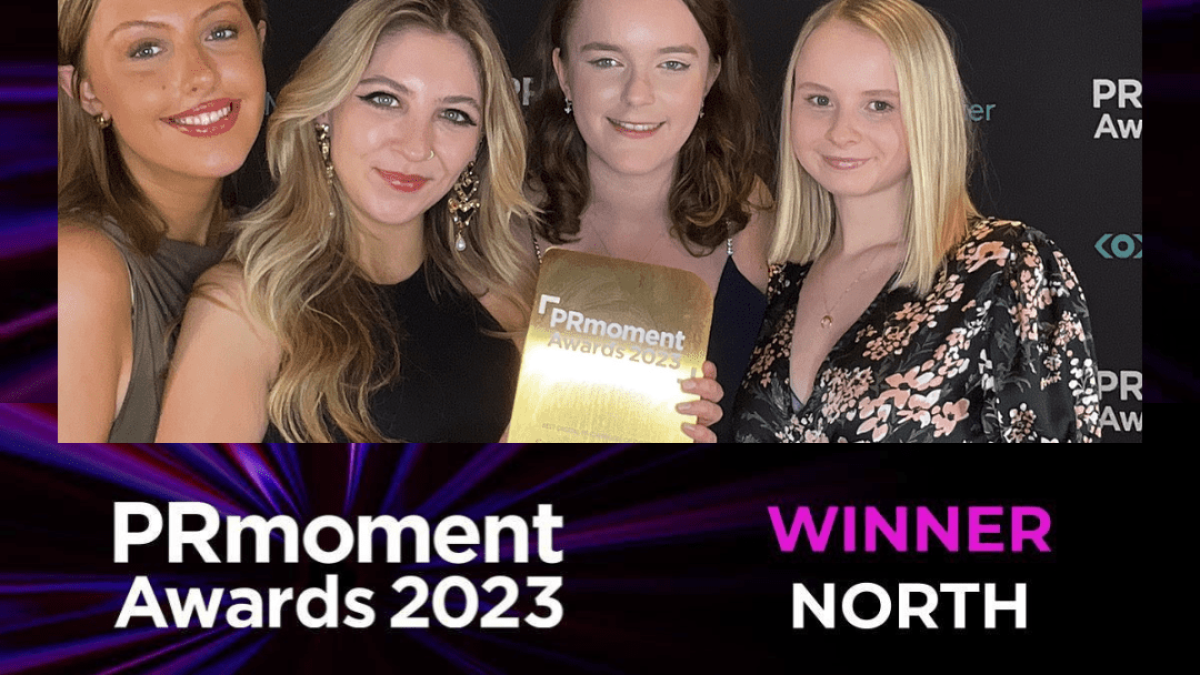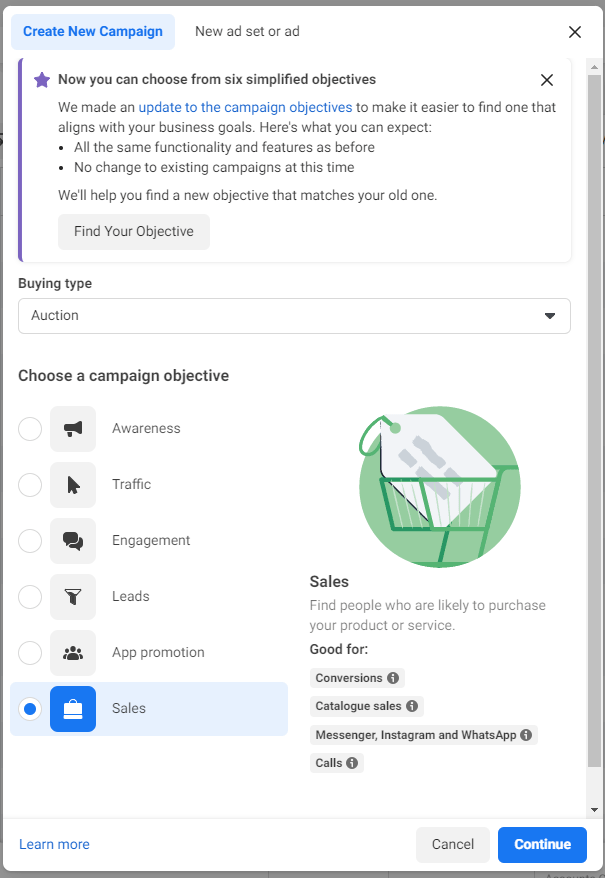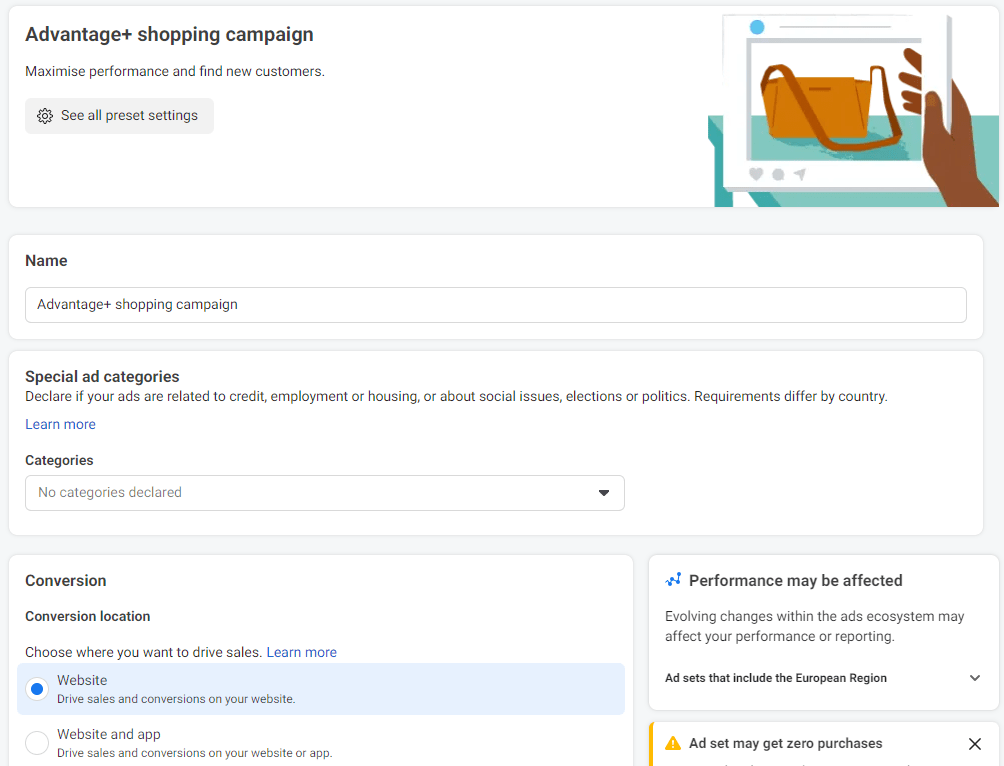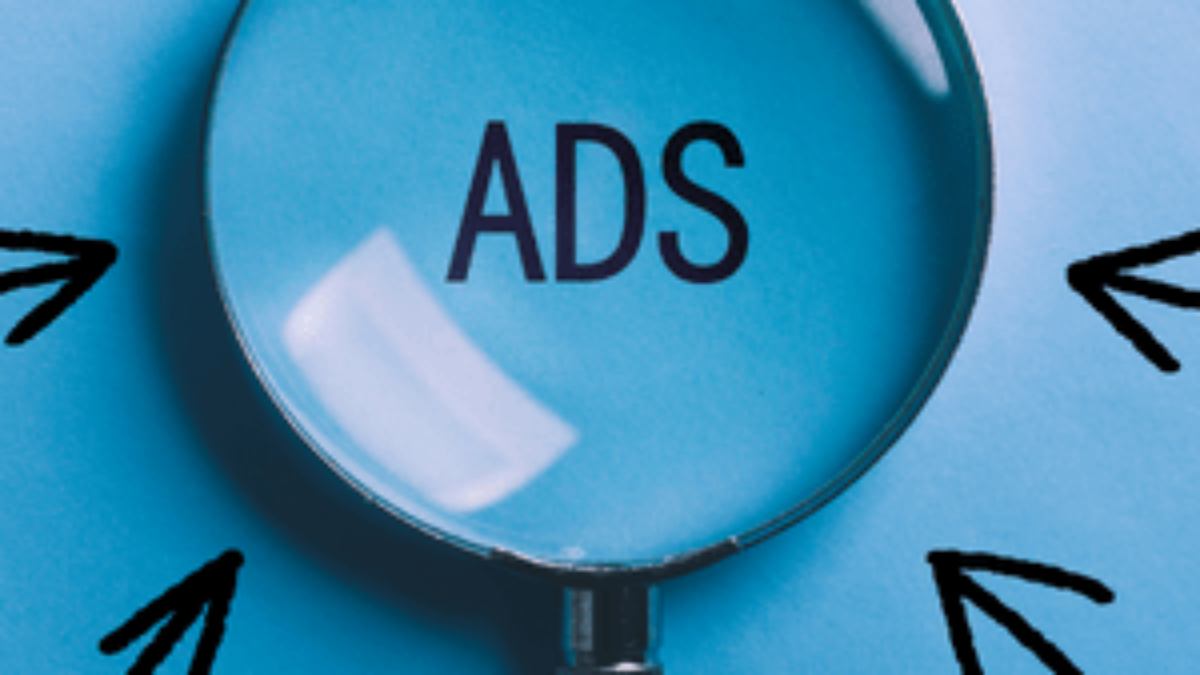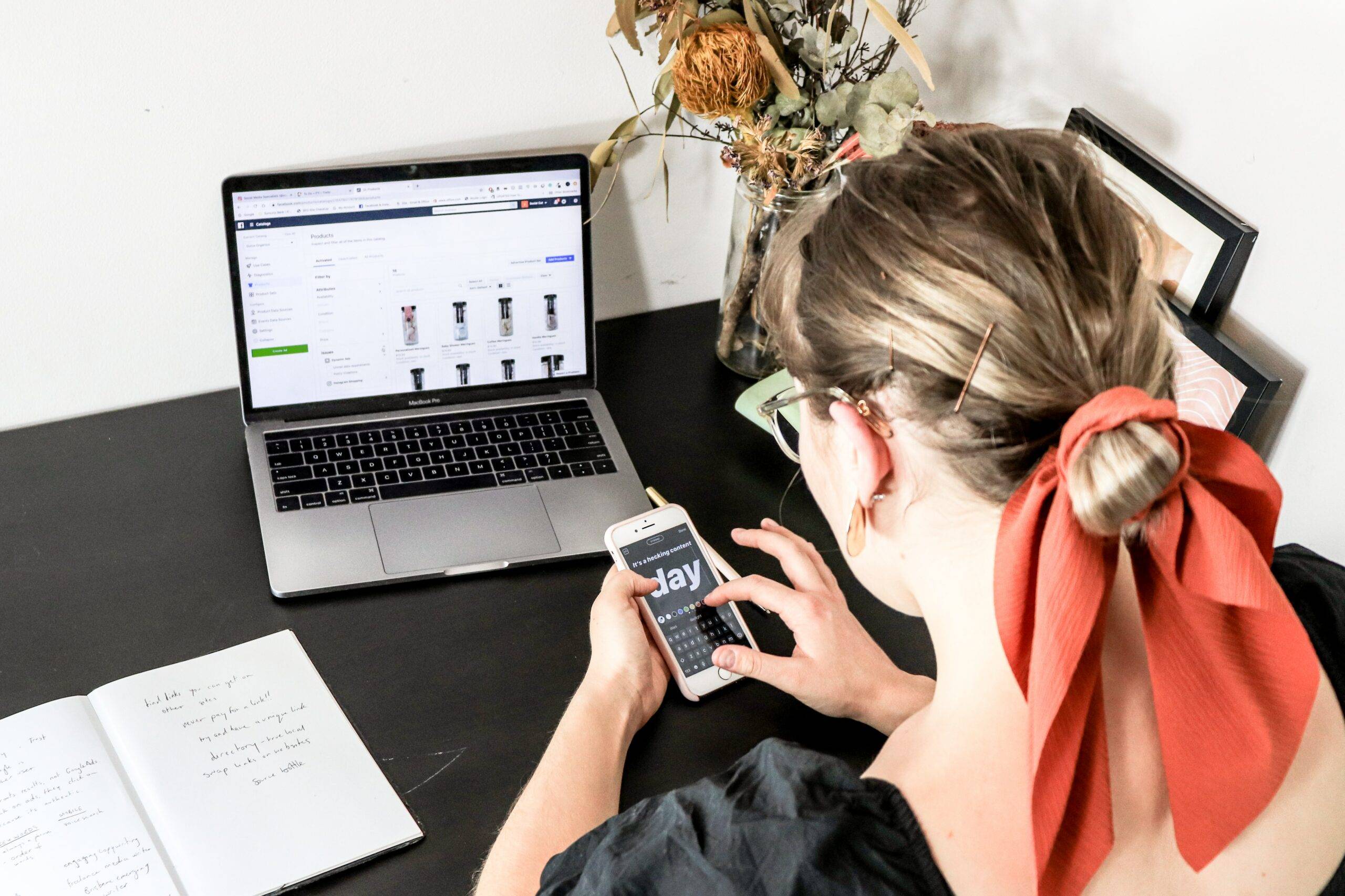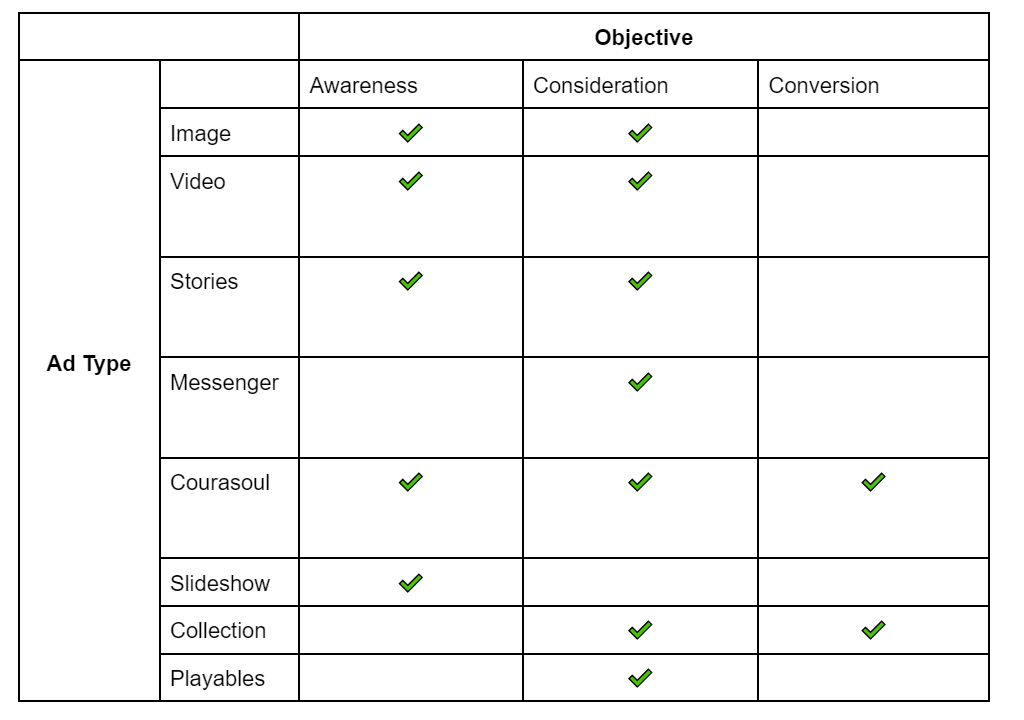Best Practices To Improve Your PPC Landing Page
As a PPC expert, you will understand the critical role that landing pages play in the success of our campaigns. A well-optimised landing page can significantly improve conversion rates, enhance user experience, and improve your ad rank. In this blog post, we will go through some of the best practices to help you improve your PPC landing pages and boost the effectiveness of your campaigns.
⚡Trust Signals and Social Proof
Building trust and credibility on your landing pages may be what encourages a customer to complete a conversion action. This provides strong trust signals to the site and should be visible to increase user confidence. To do this, consider including customer testimonials, client logos, security badges and any relevant awards or certifications that your business/staff have acquired. Trustpilot is one of the most well-known review sites that users recognise as this is a transparent third-party site where previous customers can report back on their experience. Put emphasis on receiving reviews from customers to build up your score and then display them in a widget or banner on your website.
⚡Align Landing Pages With Ad Copy
Making sure there is a seamless transition between your ad copy and landing page content is important. Maintaining consistent messaging, keywords, and design elements will reassure the user that they’ve arrived in the right place. By delivering a consistent experience, you can reduce bounce rates and improve the chances of conversion.
⚡Clear and Compelling Headline
Make sure you create a clear and attention-grabbing headline that instantly communicates the value proposition of your product or service. Make it relevant, concise, and interesting to the ad that brought the user to the landing page. Most people don’t read every word on the page, they skim through it – a strong headline captures attention, engages the user and encourages them to stay on the page and engage further.
⚡Optimise for a fast loading speed
Page load time is crucial for both user experience and ad quality scores. Optimise your landing pages to load quickly by compressing images, minifying code, and leveraging browser caching. Fast load times can enhance user experience, and also positively impact ad performance. According to Google, two seconds is the acceptable threshold for loading times on an e-commerce website.
⚡Concise and Engaging Content
Create concise and persuasive content that clearly communicates the benefits of your product or service. Use bullet points, subheadings, and visual elements such as icons and logos to break up the text and make it more digestible for the user. Focus on the unique selling points and address any pain points customers may have. Remember when the user has clicked on your ad they already have a higher intent to convert. Optimise all content on this page to make sure that it all directly contributes to a conversion.
⚡Strong Call-To-Actions
Include a clear CTA that guides users to complete the action. There is no point in paying to bring a user to the site if we aren’t going to give them a clear path to conversion. Use action-orientated words such as ‘Shop Now’, ‘Start Your Claim’ and, ‘Sign Up Today’ to create a sense of urgency and encourage the customers to make prompt action. Make the CTA visually stand out so that it cannot be missed. Some ways to do this are using encapsulation and bold colours. If you have more than one CTA, prioritise them to have the most desired first.
⚡Mobile-Friendly Focus
It is crucial to optimise your landing pages for mobile devices. Ensure that the design is suitable, and provides easy navigation for the user. What works on desktop may not on mobile. Text-heavy landing pages can mean that the user has to scroll many times before reaching a CTA. Make sure you test your landing pages across different devices and screen sizes for a seamless user experience.
Some things to consider when optimising for mobile:
👉CTAs are centred or aligned to the right – design with thumb in mind.
👉Keep clickable elements large and spaced out – many people use their phones with one thumb or finger.
👉Design for less space – prioritise your landing page elements.
👉Make each word count – you have less space for text on the page so cut out any fluff and prioritise.
👉Make speed your top priority – users are especially picky about page speed on mobile.
⚡A/B Testing
Make sure you’re continuously testing and optimising your landing pages to improve their performance. Conduct A/B tests to compare different versions of your landing page elements, such as headlines, CTAs, layout, and images. Collect data and analyse your results, and make data-driven decisions to refine and enhance your landing pages.
⚡Conversion Tracking
Lastly, ensure your conversion tracking is working and accurate to measure the effectiveness of your landing pages. Set up conversion events and track key metrics such as conversion rate, bounce rate, time spent on a page, and average session duration. You can then leverage this data to identify areas for improvement and make informed decisions to benefit your PPC campaigns.
Conclusion:
To round this up, optimising your landing pages is a vital part of running successful Google Ads campaigns. By following these best practices, you can create landing pages that engage users, deliver a seamless user experience, and drive conversions. Continuously test, analyse, and refine your landing pages to achieve the best results for your client. Remember, a well-optimised landing page is a key ingredient in maximising the return on investment of your PPC efforts.







